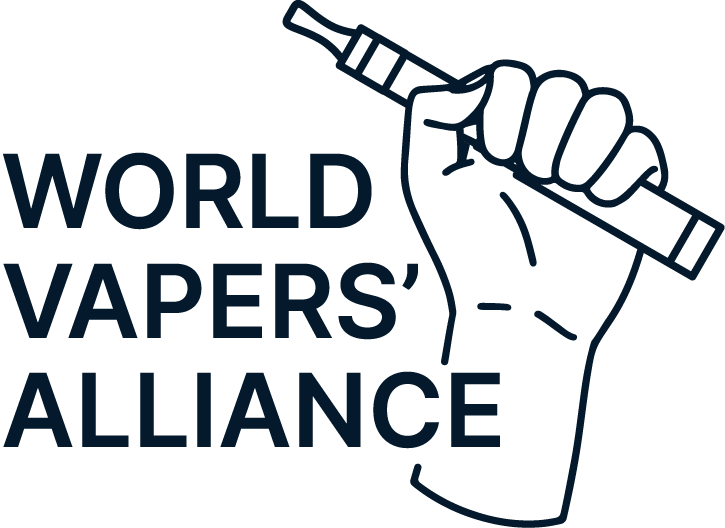El dictamen final del Comité Científico de la UE sobre Salud, Medio Ambiente y Riesgos Emergentes (SCHEER) sobre los cigarrillos electrónicos supone un retroceso para el vapeo. Basado en datos poco fiables, ignora evidencia científica crucial, la experiencia de los consumidores y las opiniones de los expertos recibidas durante el periodo de consulta. Aunque se vislumbra un pequeño rayo de esperanza, científicos y consumidores tuvieron que ejercer mucha presión para llegar a ese punto.
LO BUENO
La participación de consumidores y expertos hace la diferencia. Tras la publicación del dictamen preliminar del informe SCHEER en septiembre del año pasado, recibió críticas generalizadas tanto de científicos como de vapeadores. Ambos grupos expusieron claramente sus objeciones al informe sesgado durante un periodo de consulta pública inmediatamente posterior a su publicación. Puede encontrar más información. aquí Una excelente reseña de Clive Bates sobre los problemas del informe preliminar. Aunque no hicieron muchos cambios, parece que escucharon algunas de las propuestas.
SCHEER rebaja la calidad de la evidencia de fuerte a moderada para los siguientes puntos:
- El peso general de la evidencia sobre los riesgos de efectos sistémicos a largo plazo sobre el sistema cardiovascular;
- El papel de los cigarrillos electrónicos como puerta de entrada al hábito de fumar/iniciación en el hábito de fumar, en particular entre los jóvenes;
Además, coinciden con nosotros en los sabores:
- Hasta la fecha, no existen datos específicos que indiquen que determinados aromas utilizados en la UE supongan riesgos para la salud de los usuarios de cigarrillos electrónicos tras una exposición repetida.
Parece que la acción de los científicos y de los consumidores puede marcar una diferencia y, cuanto más fuerte y con más fuerza nos manifestemos, más difícil será que nos ignoren.
LO MALO
Aunque SCHEER redujo la evidencia sobre la hipótesis de entrada, sigue siendo bastante ridículo etiquetarla como moderada.
El vapeo ha reducido claramente las tasas de tabaquismo en todo el mundo. La correlación entre la introducción y la mayor popularidad del vapeo y la disminución de las tasas de tabaquismo sugiere que el vapeo es un factor importante para dejar de fumar. EE. UU. Informe de las Academias Nacionales de Ciencias, Ingeniería y Medicina Descubrieron que la tasa de tabaquismo ha disminuido en general más rápidamente desde que el vapeo se popularizó en Estados Unidos. Los investigadores concluyeron:“La relación inversa entre vapear y fumar fue sólida en diferentes conjuntos de datos tanto para jóvenes y adultos jóvenes como para fumadores actuales y más establecidos..” Además, la afirmación de que los no fumadores se familiarizarían masivamente con el hábito de fumar gracias al vapeo no parece estar respaldada por los datos más recientes. Acción sobre el Tabaquismo y la Salud (ASH) El informe del Reino Unido tampoco indica que “solo el 0,31% de los nunca fumadores son vapeadores (lo que equivale a un 2,91% de vapeadores), en comparación con el 0,81% de 2019”.
La conclusión del informe SCHEER de que solo hay "evidencia débil" que respalde la eficacia de los cigarrillos electrónicos para ayudar a los fumadores es aún más ridícula, dada la enorme cantidad de información que recibieron de la consulta (que decidieron ignorar) y contradice la experiencia de millones de consumidores. De hecho, no hay ninguna evidencia de que vapear no ayude a dejar de fumar.
Y LO FEO
Si bien el comité SCHEER merece ser criticado por este informe, también debemos dirigir nuestra atención a la Comisión Europea. Por parte de la Comisión, se requieren algunas explicaciones. ¿Por qué asignaron explícitamente a SCHEER la tarea de analizar únicamente los efectos del vapeo en la salud, pero omitieron la comparación con el tabaco? Sacar el vapeo de contexto no tiene sentido.
Esto tiene tanto sentido como comparar los efectos de una dieta saludable con los de no comer en absoluto, en lugar de comer una dieta poco saludable.
En general, parece que se ha olvidado el objetivo principal: reducir el número de fumadores y combatir las enfermedades inducidas por el tabaco. Vapear no es lo mismo que fumar y no debe tratarse de la misma manera. La normativa debe redactarse de forma que anime a los fumadores actuales a dejar de fumar. La UE debe centrarse en soluciones prácticas para reducir los daños, y este punto fundamental no se incluye en el análisis de SCHEER. Vapear puede ayudar a los fumadores a dejar de fumar, pero este informe lo ignora y lo compara con no fumar. Por lo tanto, no sorprende que los resultados no reflejen la realidad.







